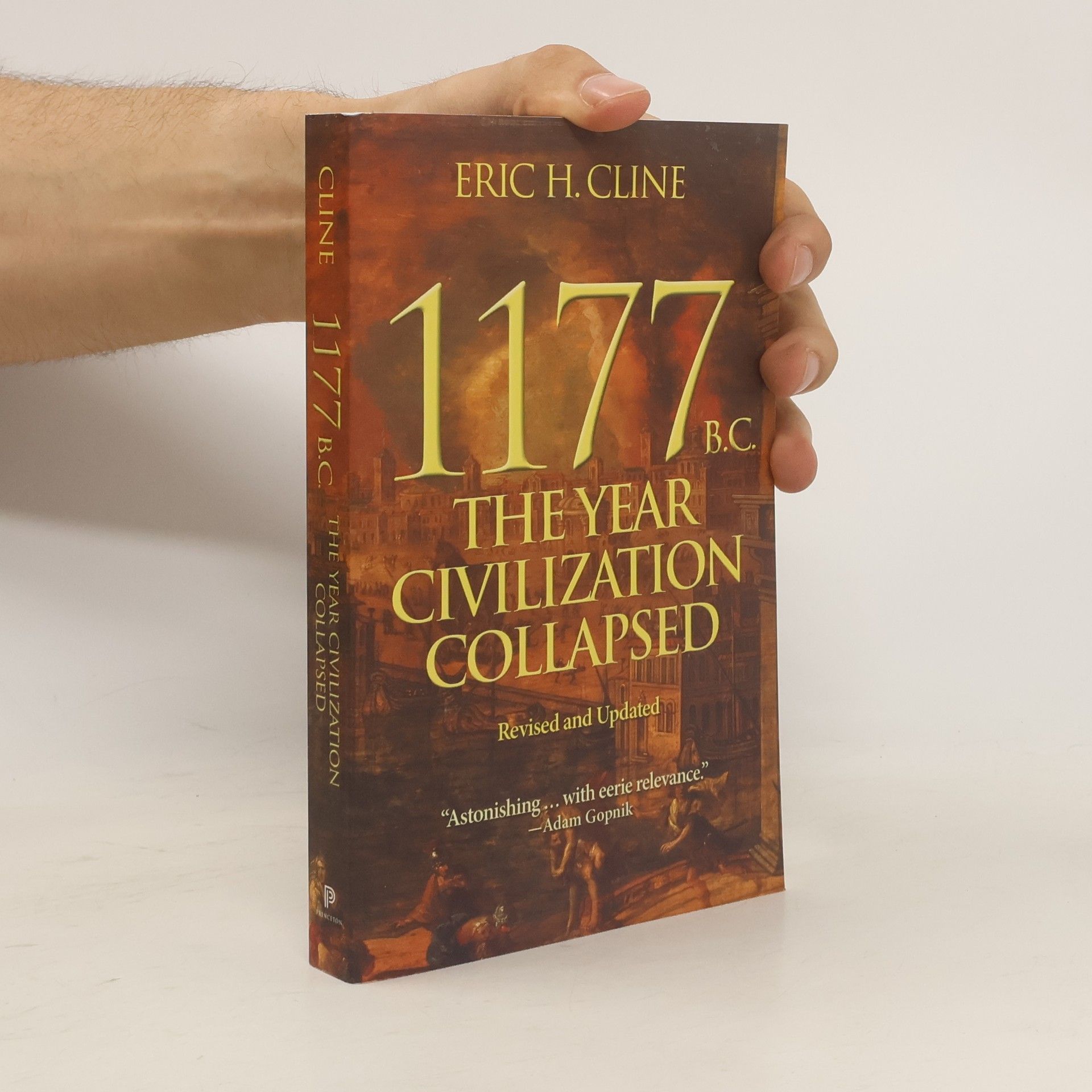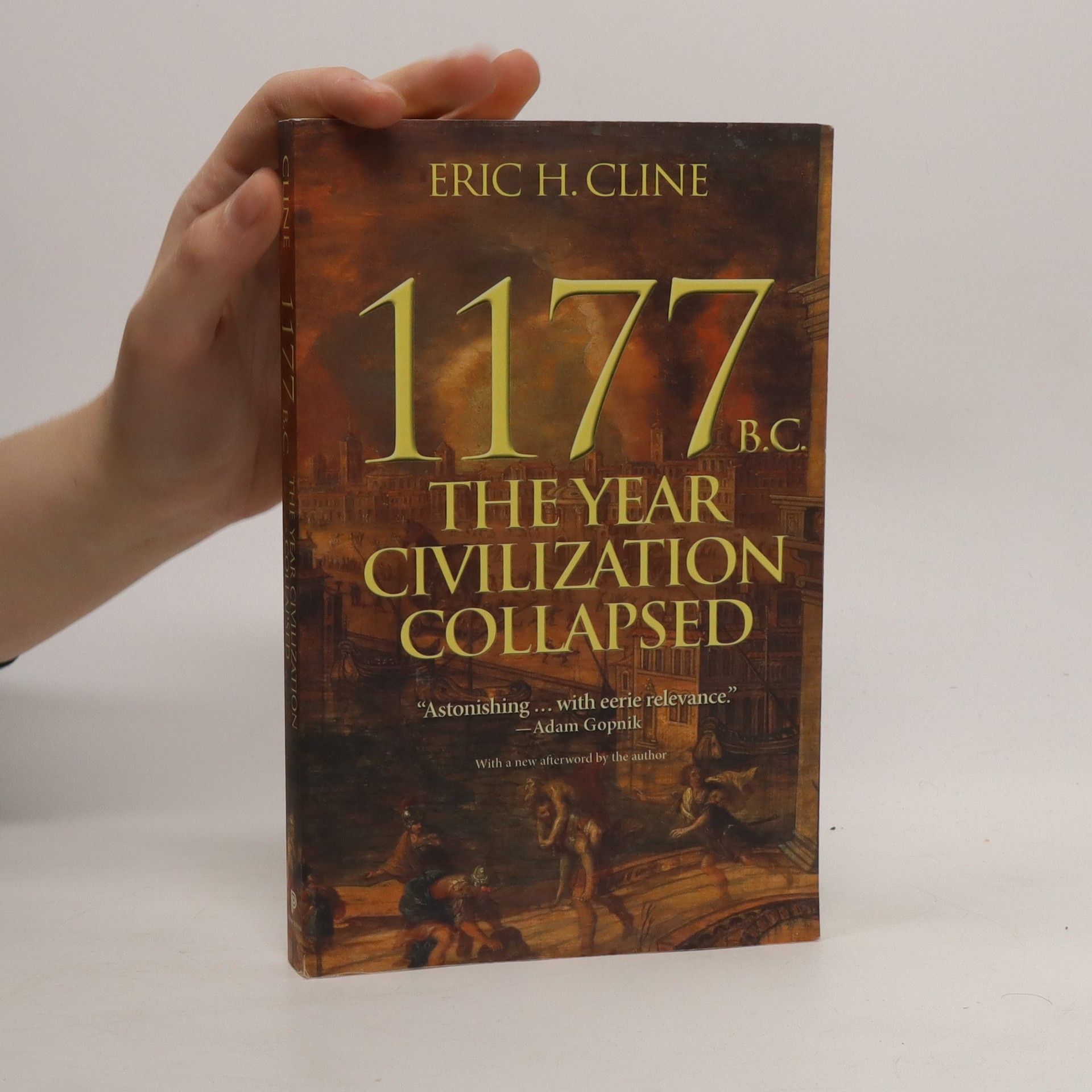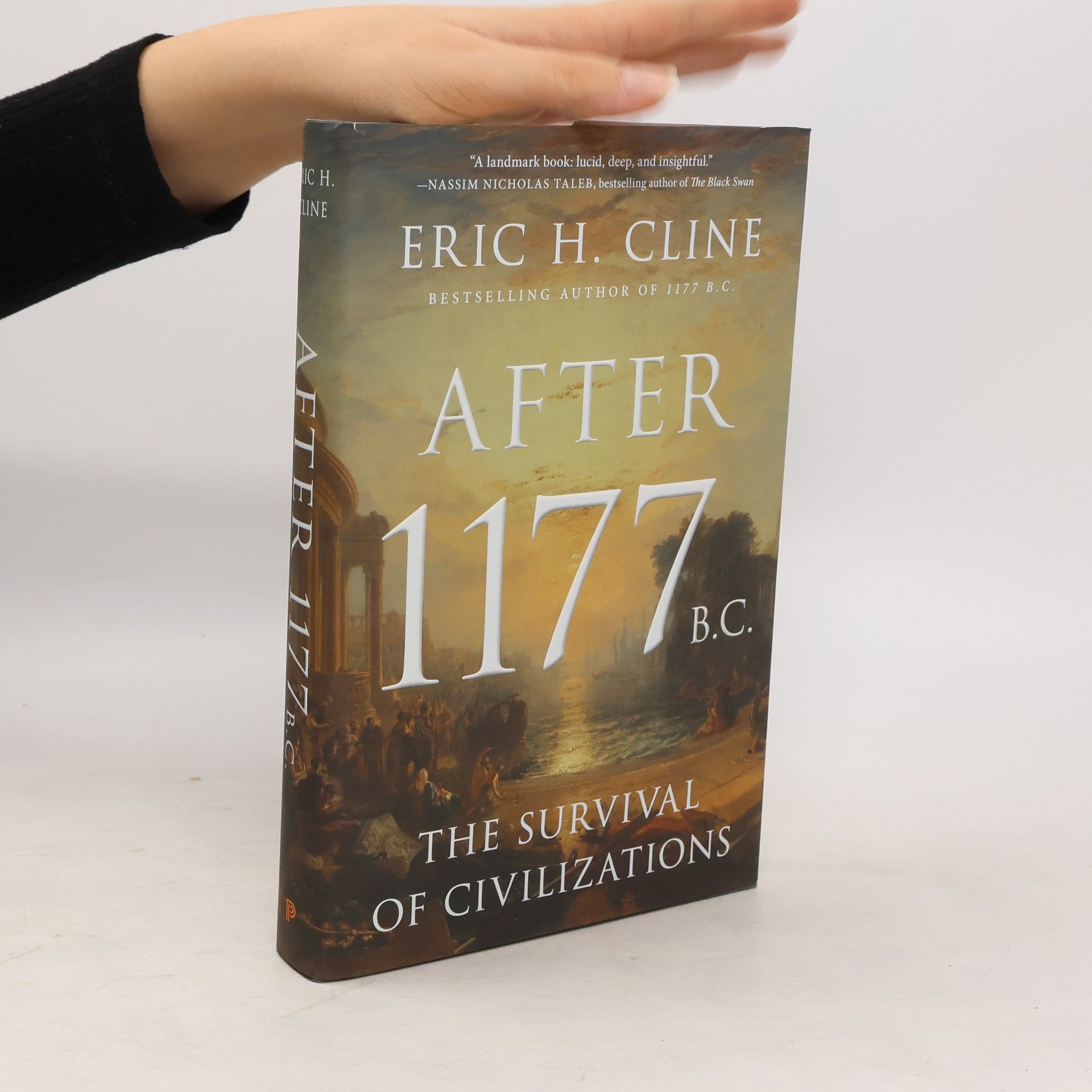Úvod do archeologie prof. Erika Clinea nabízí čtenáři vedle známých příběhů, jako například Schliemannova odkrývání Tróje či objevení Tutanchamonovy hrobky v Egyptě, přehled zásadních archeologických objevů posledních desetiletí, od nalezení pozůstatků předchůdců člověka v Africe z doby před více než třemi miliony lety po objev válečníků čínské terakotové armády či ledového muže Ötziho v Alpách a mnoho dalších. Kniha vypráví rovněž o významných archeolozích a průkopnících oboru. Ve snaze přiblížit archeologickou praxi laikům odpovídá na časté dotazy ohledně toho, jak archeologové svou práci vlastně dělají.
Eric H. Cline Knihy
Dr. Eric H. Cline je přední archeolog a historik, jehož práce se zaměřuje na propojení starověkých civilizací a pochopení klíčových momentů v lidských dějinách. Díky rozsáhlým terénním zkušenostem z mnoha archeologických nalezišť zkoumá, jak se události minulosti odrážejí v naší současnosti. Jeho přístup je zaměřen na zpřístupnění složitých historických témat širšímu publiku, přičemž odhaluje fascinující příběhy za velkými civilizačními kolapsy a konflikty.Clineova díla nabízejí poutavý pohled na přetrvávající dopady starověkých událostí na moderní svět.







1177 př. Kr.: Zhroucení civilizace a invaze mořských národů
- 320 stránek
- 12 hodin čtení
Zhroucení první globalizované společnosti světových dějin Kniha amerického archeologa a historika je pátráním po tom, co způsobilo oslabení a v některých případech i zánik vyspělých civilizací a měst ve východním Středomoří, jakými byly Egypt, Chetitská říše nebo třeba kosmopolitní obchodní přístav Ugarit na konci 13. století př. Kr. – v období, které můžeme s jistou rezervou označit jako „první mezinárodní věk“ v dějinách lidstva. Hledá odpovědi na otázku, jak vlastně v těchto oblastech došlo k nástupu „doby železné“ a jaký to mělo význam pro formování kořenů dnešní „západní“ kultury. Tyto změny jsou tradičně spojovány s příchodem tzv. mořských národů. S paralelami k dnešní situaci nejen ve Středomoří se spolu s autorem můžeme ptát, zda tyto změny lze z větší části přičíst jednomu faktoru, události a datu, nebo spíše sérii katastrof a dominovému efektu, posílenému vzájemným propojením tehdejších politických útvarů.
"A vivid portrait of the early years of biblical archaeology from the acclaimed author of 1177 B.C.: The Year Civilization Collapsed In 1925, famed Egyptologist James Henry Breasted sent a team of archaeologists to the Holy Land to excavate the ancient site of Megiddo--Armageddon in the New Testament--which the Bible says was fortified by King Solomon. Their excavations made headlines around the world and shed light on one of the most legendary cities of biblical times, yet little has been written about what happened behind the scenes. Digging Up Armageddon brings to life one of the most important archaeological expeditions ever undertaken, describing the stunning discoveries that were made there and providing an up-close look at the internal workings of a dig in the early years of biblical archaeology."--
Digging Deeper
- 176 stránek
- 7 hodin čtení
From the bestselling author of 1177 B.C., an accessible primer to the archaeologist's craftAn archaeologist with more than thirty seasons of excavation experience, Eric H. Cline has conducted fieldwork around the world, from Greece and Crete to Egypt, Israel, and Jordan. In Digging Deeper, Cline answers the questions archaeologists are most frequently asked, such as: How do you know where to dig? How are excavations actually done? How do you know how old something is? Who gets to keep what is found? How do you know what people from the past ate, wore, and looked like? Adapted from Cline's acclaimed book Three Stones Make a Wall, this lively little volume is brimming with insights and practical advice about how archaeology really works. Whether you are an armchair archaeologist or embarking on your first excavation, Digging Deeper is an essential primer on the art of the dig.
The Trojan War: A Very Short Introduction
- 130 stránek
- 5 hodin čtení
Using a combination of archaeological data, textual analysis, and ancient documents, this Very Short Introduction to the Trojan War investigates whether or not the war actually took place, whether archaeologists have correctly identified and been excavating the ancient site of Troy, and what has been found there.
Biblical Archaeology: A Very Short Introduction
- 156 stránek
- 6 hodin čtení
Archaeologist Eric H. Cline here offers a complete overview of this exciting field. He discusses the early pioneers, the origins of biblical archaeology as a discipline, and the major controversies that first prompted explorers to go in search of sites that would "prove" the Bible. He then surveys some of the most well-known modern archaeologists, the sites that are essential sources of knowledge for biblical archaeology, and some of the most important discoveries that have been made in the last half century, including the Dead Sea Scrolls and the Tel Dan Stele.
1177 B.C.
- 304 stránek
- 11 hodin čtení
"In a follow-up to 1177 BC, this book provides a portrait of the 400 years following the collapse of the Bronze Age, a period referred to as the First Dark Age, but which Cline will show was also an era of rebirth and resilience"--
1177 B.C. : The Year Civilization Collapsed
- 264 stránek
- 10 hodin čtení
In 1177 B.C., the invasion of Egypt by marauding groups known as the "Sea Peoples" marked the beginning of a significant decline for Egypt and surrounding civilizations. Although the pharaoh's forces managed to repel the invaders, the victory left Egypt weakened, leading to a rapid collapse of the Bronze Age world. Within a few decades, prominent kingdoms like the Minoans, Mycenaeans, Trojans, Hittites, and Babylonians vanished, along with their vibrant economies, cultures, writing systems, and monumental architecture. The Sea Peoples were not solely responsible for this widespread breakdown; it was the result of multiple interconnected failures, including invasions, revolts, natural disasters like earthquakes and droughts, and the disruption of international trade routes. This account brings to life the rich multicultural tapestry of the Late Bronze Age, illustrating how the very interdependence of these civilizations contributed to their downfall. By weaving together narrative and contemporary scholarship, the text reveals the complex relationships that fostered both the flourishing and the eventual destruction of these great civilizations, setting the stage for the emergence of classical Greece and a dark age that lasted for centuries.
Examines seven mysteries of the Hebrew Bible, from the Garden of Eden and Noah's Ark, to the Exodus, the Babylonian Exile, and the Lost Tribes of Israel, placing these biblical stories in their archaeological and historical context.
"In a follow-up to 1177 BC, this book provides a portrait of the 400 years following the collapse of the Bronze Age, a period referred to as the First Dark Age, but which Cline will show was also an era of rebirth and resilience"--



